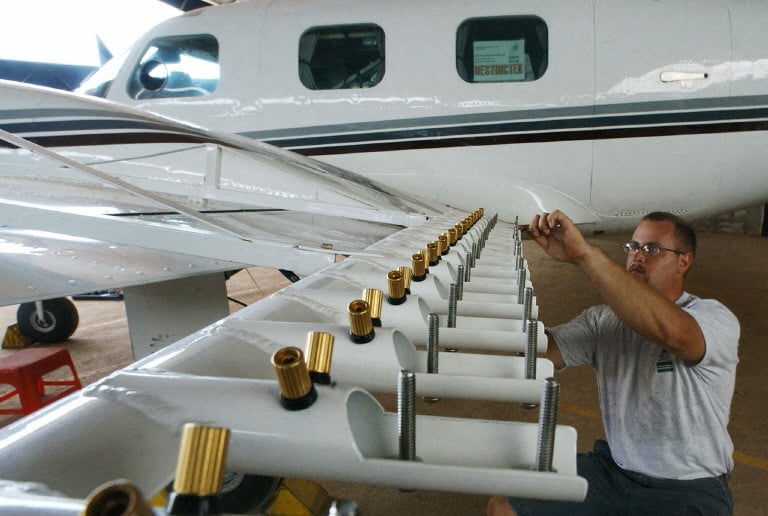Each year the clocks change twice in Spain, once during spring and the other during autumn. The clocks either move forward or back one hour in March and October, so that we can benefit from lighter mornings during the shorter darker days of the year and lighter evenings during the longer days.
The next change will happen this March, when we move to what we know as ‘daylight saving time’. This practice is carried out by most European countries, as well as the US and Canada.
In 2024, daylight saving time begins on the last Sunday of March. This means that we will have to bring the time forward one hour during the early morning hours from this Saturday, March 30th to Sunday, March 31st.
Like every year, this summer time change takes place at 2am, so that at this time it moves directly to 3am. This means that particular day will only be 23 hours long and we will lose one hour.
In the case of the Canary Islands, which are one hour behind peninsular Spain, the change will occur on the same date, so when it gets to 2am there, it will also move directly to 3am.
The change signifies that we have entered what’s known as ‘summer time’, even though it’s not officially summer for another few months. It simply means that we can enjoy longer days with more natural light as it gets warmer and save on energy too.
In 2019, the European Parliament suggested time changes should be scrapped, but as of yet nothing has been decided upon. In fact, the Spanish government has confirmed that the clocks will continue changing here until at least 2026, which it published in its official state bulletin (BOE).
All the confirmed dates of clock changes up until 2026 are:
Sunday March 31st 2024
Sunday October 27th 2024
Sunday March 30th 2025
Sunday October 26th 2025
Sunday March 29th 2026
Sunday October 25th 2026
Daylight saving time has been under constant debate, however, as many do not see it as necessary. During the EU consultation in 2018, people overwhelmingly said they wanted to stop moving the clocks backward and forwards every six months – 84 percent of respondents agreed with the proposal.
READ ALSO: Why Spain is still in the wrong time zone because of Hitler
Spain is on Central European Time, the same as 17 different member states, but in reality, we should be in the same zone as the UK and Portugal, one hour behind. The country has in fact been in the wrong time zone for the last 84 years.
In 1940, Franco decided to show his support for Hitler by agreeing to put Spain’s clocks forward by an hour in an act of solidarity with Hitler and Nazi Germany.
Spain has remained in the Central European Time zone ever since, in line with countries as far east as Poland. This means that Madrid currently has the same time as Warsaw in Poland 2,290km away but is one hour ahead of Lisbon which is only 502 km away.




 Please whitelist us to continue reading.
Please whitelist us to continue reading.
Member comments